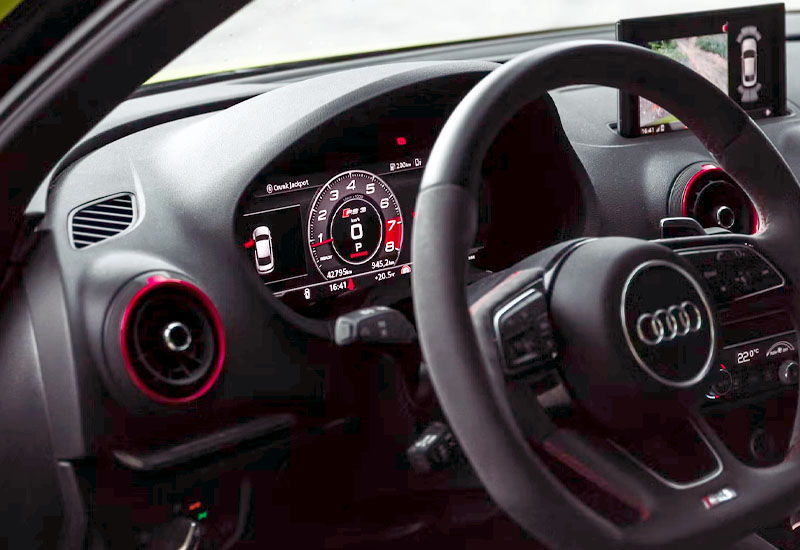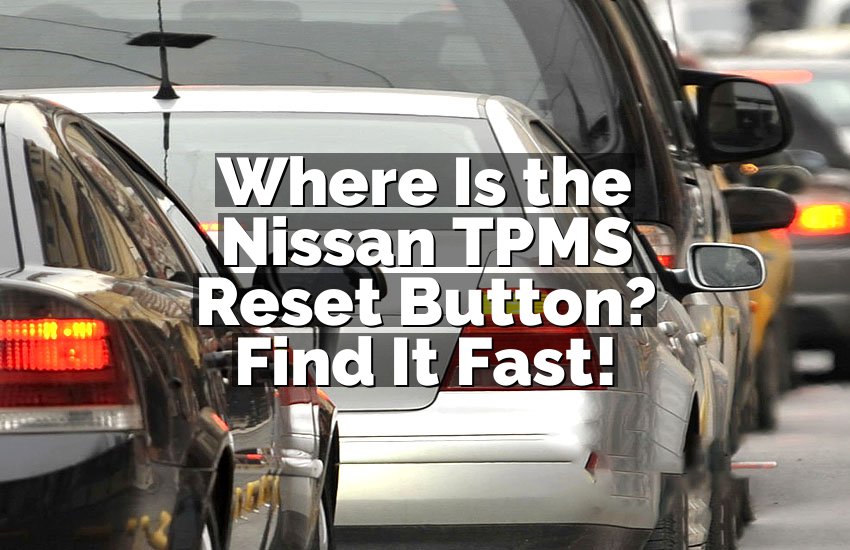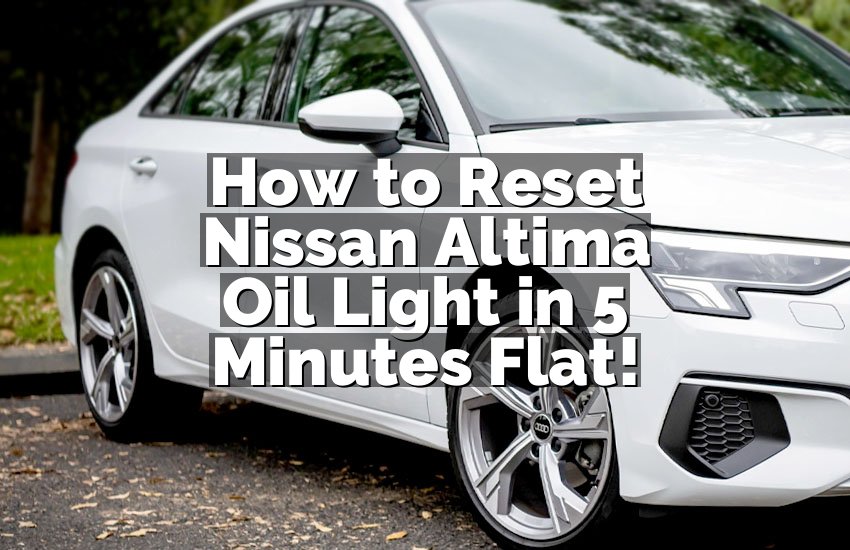Have you ever wondered if you could add some serious power to your automatic car by slapping a turbo on it? Maybe you’ve been dreaming of faster acceleration, more speed, or just a fun project to tackle in your garage. Well, you’re not alone! Many car enthusiasts ask, “Can you put a turbo in an automatic car?” It’s a question that comes with plenty of curiosity and excitement, but also some challenges. Let’s dive into everything you need to know about turbocharging your automatic ride and whether it’s a good idea.

Understanding How Turbochargers Work in Cars
What is a Turbocharger?
Let’s start with the basics! A turbocharger, or “turbo,” is a device that forces extra air into your engine. This increase in airflow helps the engine burn more fuel, giving it more power. Imagine it like giving your car a power boost. The turbo is made up of two main parts: the turbine and the compressor. The turbine is powered by the exhaust gases produced by your car when it burns fuel. This energy spins the turbine, which in turn drives the compressor to push more air into the engine.
A turbocharged engine can produce more power without increasing its size. That’s why so many car owners want to add one — it’s an easy way to make a car faster without having to completely rebuild the engine. But the big question is, can you do this with an automatic transmission?
How Does a Turbo Affect Performance?
When you add a turbo to your car, you’re giving your engine a big boost in performance. The added air and fuel mix creates more power. This means your car can accelerate faster, reach higher speeds, and even get better fuel efficiency at higher speeds (since the engine doesn’t have to work as hard). Think of it as making your car a superhero version of itself — faster and stronger than before!
But it’s not just about speed. Turbos also help improve the overall efficiency of your engine. When you have more air coming in, the engine can burn the fuel more completely, making better use of every drop of gas. This means you could see improvements in your car’s overall performance — both on the road and on the track.
The Differences Between Automatic and Manual Transmissions
What’s the Difference Between Automatic and Manual Cars?
Before we talk about adding a turbo to your car, it’s important to understand the difference between automatic and manual transmissions. In a manual car, the driver has to change the gears themselves, using the clutch and gear shifter. It requires a bit more skill and attention, but gives the driver full control over the engine’s performance.
On the other hand, an automatic car shifts gears on its own. The transmission system in an automatic car does all the work for you, adjusting the gears based on speed, throttle input, and other factors. It’s easier to drive and requires less effort from the driver.
Now, while an automatic car is super convenient, it can sometimes face challenges when it comes to performance upgrades. You might have noticed that manual cars often feel more responsive when you’re pushing the limits. This is because manual transmissions give the driver more control over the engine’s power. But does that mean you can’t turbocharge an automatic car? Let’s explore that next!
How Transmission Type Affects Turbocharging
The type of transmission in your car plays a big role in how well your turbo will work. In manual cars, the driver has full control over when to shift gears, which makes it easier to manage the extra power from a turbo. But in an automatic, the car does the shifting for you. This means that the transmission needs to be strong enough to handle the extra power and torque the turbo creates.
If your automatic car has a weak or old transmission, it might struggle to keep up with the increased engine power. The gears could slip, the transmission could overheat, or in the worst case, it could break down completely. To avoid this, many car owners opt for stronger or upgraded transmissions when they add a turbo. This helps ensure that your car can handle the added power and continue running smoothly.
Can You Safely Install a Turbo in an Automatic Car?
Is It Possible?
The short answer: Yes, you can add a turbo to an automatic car! However, it’s not as simple as just bolting on a turbo and calling it a day. There are several factors to consider before you dive into the project.
First, as mentioned earlier, your car’s transmission must be able to handle the added power. If the transmission is not strong enough, it could cause problems down the road. You may need to upgrade to a performance transmission or install stronger components, like a heavy-duty torque converter, to handle the extra load.
Next, you’ll need to make sure your engine is ready for the turbo. A turbocharger increases the amount of air and fuel burned in the engine, so the engine needs to be in good condition to handle the added stress. You’ll also need to upgrade other parts of your engine to support the turbo, such as the fuel system, exhaust system, and cooling system.
What Are the Risks of Adding a Turbo to an Automatic?
While installing a turbo in an automatic car is possible, there are some risks involved. If you don’t properly upgrade the transmission or engine, the extra power could cause premature wear and tear on various components. In the worst case, it could lead to engine failure or transmission breakdown.
Additionally, tuning your car after installing a turbo is essential. Without proper tuning, your car could run poorly, experience engine knock (which can damage the engine), or even overheat. Tuning adjusts how the engine and turbo interact, ensuring they work together efficiently. It’s always a good idea to have a professional handle the tuning to get the best results and avoid costly mistakes.
Professional Help is Key
While some experienced DIY car enthusiasts might tackle the job themselves, adding a turbo to an automatic car is a complex task. It’s best to have a professional mechanic or performance shop handle the installation. Not only will they have the necessary tools and experience, but they can also ensure the job is done correctly and safely.
Tips for Modifying an Automatic Car with a Turbo
Preparing Your Car for the Upgrade
Before you start installing a turbo, there are a few things you need to prepare. First, make sure your engine is in good condition. If you have a lot of miles on your car, you may need to replace some of the internal components to ensure it can handle the extra power.
Next, consider upgrading your fuel system. A turbo needs a lot of fuel to perform at its best, so you might need to install larger fuel injectors, a high-flow fuel pump, or an upgraded fuel pressure regulator.
The exhaust system also needs attention. Since the turbo uses exhaust gases to create power, you’ll need to make sure your exhaust system can handle the increased flow. Upgrading the exhaust manifold, turbo downpipe, and intercooler can help keep everything running smoothly.
Installing the Turbo
When it comes to installing the turbo, there are a few options. You can go for a full turbo kit, which includes all the necessary components (turbocharger, piping, intercooler, etc.), or you can buy individual parts and assemble them yourself. A full kit is often easier and more reliable, especially for those who are new to turbocharging.
Make sure the turbo is sized correctly for your engine. A turbo that’s too big can cause lag, while a turbo that’s too small won’t provide the power you’re looking for. Finding the right turbocharger is key to achieving the best performance.
Tuning Your Car
After the turbo is installed, tuning is essential. This step adjusts the engine’s air/fuel ratio, boost levels, and other parameters to ensure that the turbo runs efficiently. A good tune can make a huge difference in your car’s performance, giving you more power and improving reliability.
Remember, tuning is a delicate process. It’s crucial to have a professional tuner who understands how to work with turbocharged engines, especially automatic transmissions. Incorrect tuning can lead to engine damage or poor performance.
I hope this article helps you understand the ins and outs of turbocharging an automatic car. Adding a turbo can be a fun and rewarding project, but it’s important to take the necessary steps to ensure your car’s engine and transmission are ready for the extra power. With the right preparation, a turbo can transform your automatic car into a performance machine!
Frequently Asked Questions
Is it safe to add a turbo to my automatic car?
Yes, it’s safe as long as your transmission and engine are properly upgraded to handle the extra power.
Can a stock automatic transmission handle a turbo?
A stock automatic transmission may not be strong enough to handle the added power, so you might need to upgrade it.
Do I need to upgrade my fuel system when adding a turbo?
Yes, you’ll likely need to upgrade your fuel system to handle the increased fuel demands of a turbocharged engine.
Is it necessary to tune my car after installing a turbo?
Yes, tuning is essential to ensure your engine runs efficiently with the turbo and avoids potential damage.
Can I install a turbo on any car?
While it’s possible to install a turbo on many cars, it depends on the engine and transmission’s capability. Some cars may require more extensive modifications.
Do I need a new exhaust system when installing a turbo?
Yes, you’ll likely need to upgrade your exhaust system to handle the increased exhaust flow from the turbo.
Is installing a turbo in an automatic car harder than in a manual?
It can be more complicated, as automatic transmissions require additional considerations like upgraded torque converters and transmission tuning.
Can I install a turbo myself, or should I get a professional?
While you can install a turbo yourself if you’re experienced, it’s recommended to have a professional handle the installation for the best results.


